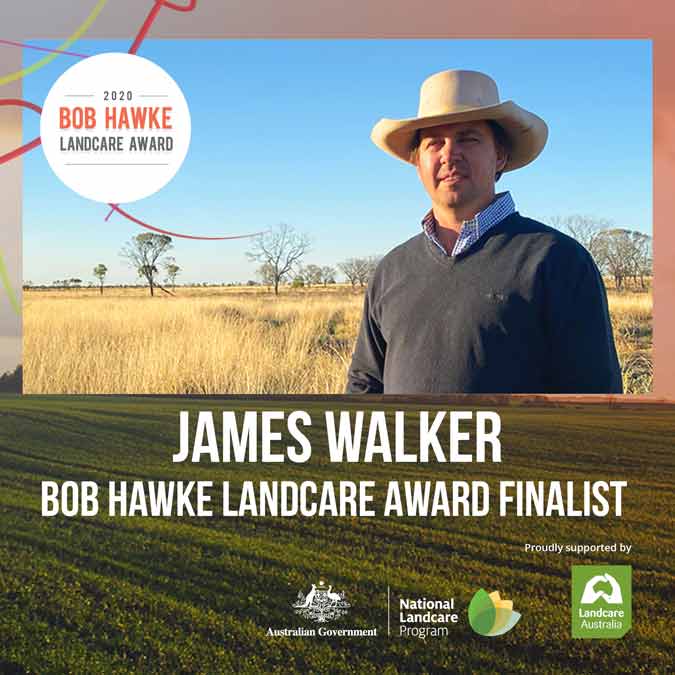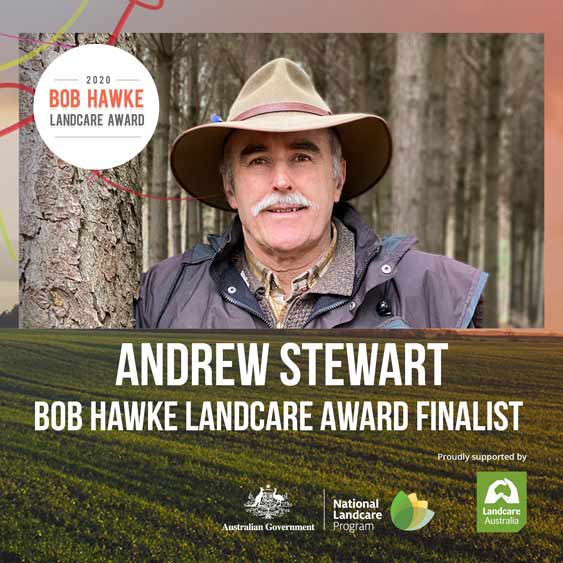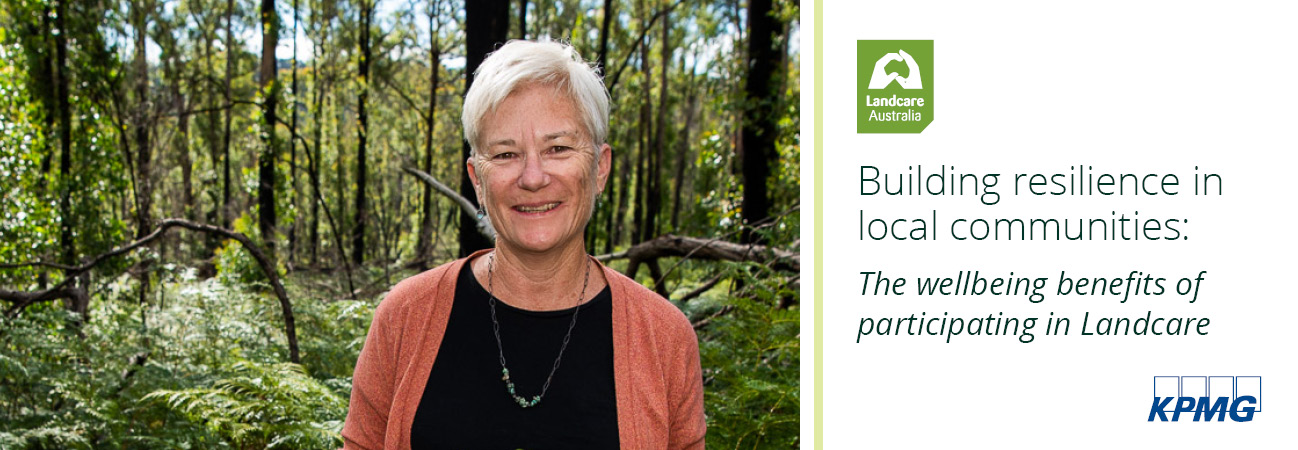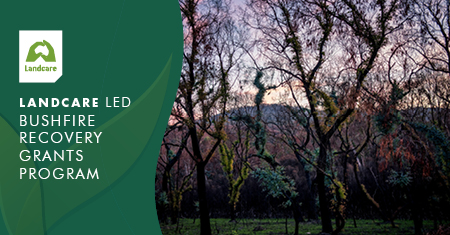
MEDIA RELEASE
26/07/2021
Longreach farmer sustainable approach secures nomination for Bob Hawke Landcare Award
A Longreach producer forging sustainable agriculture practices will represent QLD for the Bob Hawke Landcare Award.
Operating Camden Park Station, a 20,000 acre organic, global animal partnership (GAP) accredited cattle station, James Walker and family have focused on tackling land degradation, carbon emissions and climate change through unique industry approaches.
Actively researching executing ways of improving the environmental, financial and production performance of his property, James has;
*created the Agrihive Farmecco digital platform to help other farmers understand and implement sustainable Landcare goals
*developed an innovative ‘Floating Lease’ to reflect seasonal conditions that is being prototyped commercially.
*addressed emissions through an off-grid solution for the power supply on his property
Camden Park has also completed extensive water developments and utilised ag technologies for water monitoring to save their fuel and pumping costs whilst doing a comprehensive QFF energy audit whereby they have a trial solar / battery array fueling the farms energy requirements.
James has also initiated and executed a large-scale solar farm (17.5 megawatts) to assist the viability during drought – creating a counter cyclical farm investment as well as developing an agritourism venture where they can have up to 3000 people at Camden Park station.
Announced at the upcoming National Landcare Awards, the Bob Hawke Landcare Award publicly recognises an individual involved in championing Landcare and inspiring others to take action on their own property or through a Landcare group. It also acknowledges a person’s leadership and commitment to Landcare, natural resource management and sustainable agriculture.
Landcare Australia CEO Dr Shane Norrish says an overwhelming number of people were nominated for the award.
Dr Norrish said: “We received very strong nominations from across the country demonstrating there is a strong interest to be recognised for this distinguished national accolade. The award will be presented to an individual who actively pursues, introduces and shapes innovative farming systems to improve productivity, profitability, sustainability, and the quality of our natural resources.”
The winner of the 2020 Bob Hawke Landcare Award will be announced at the virtual 2021 National Landcare Awards gala dinner on Thursday 5 August, 2021.
The Bob Hawke Landcare Award recipient will be awarded a prize package of $50,000 for further development of their knowledge and skills in sustainable land management to enable an even stronger contribution to Landcare.
For more information about the Bob Hawke Landcare Award please visit: https://bobhawkelandcareaward.com.au/
**To register for free as an online delegate at the National Landcare Conference and National Landcare Awards, visit https://nationallandcareconference.org.au/






